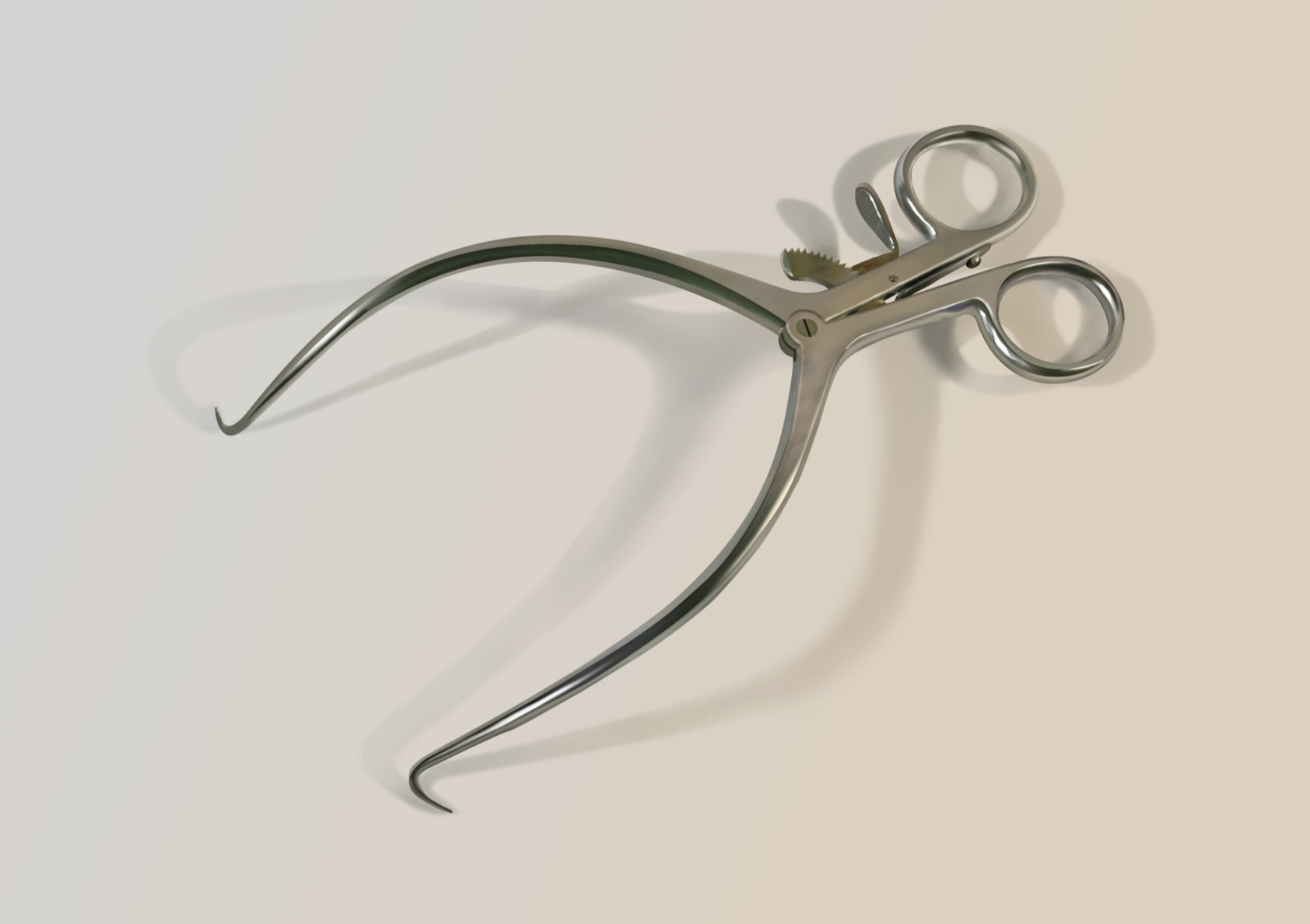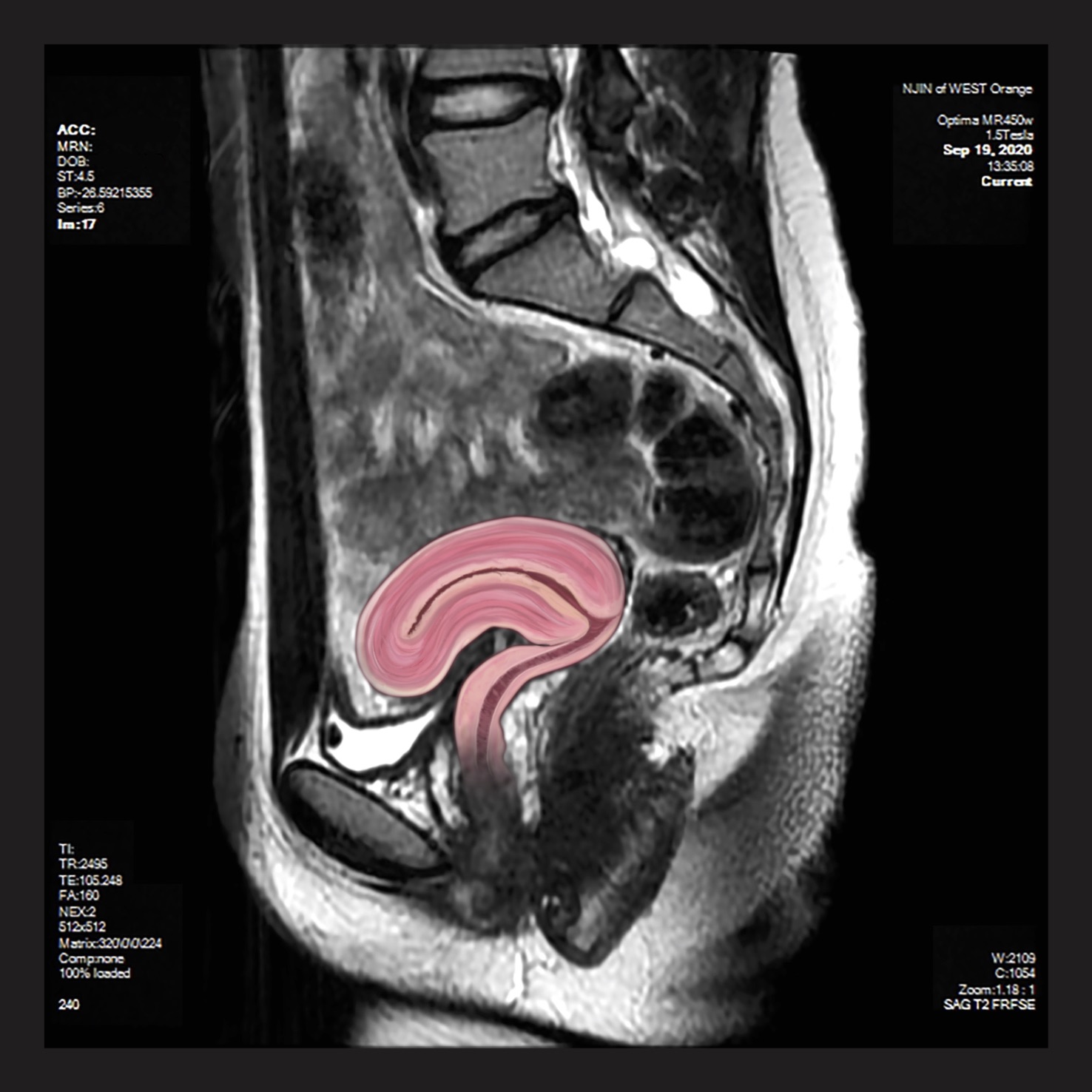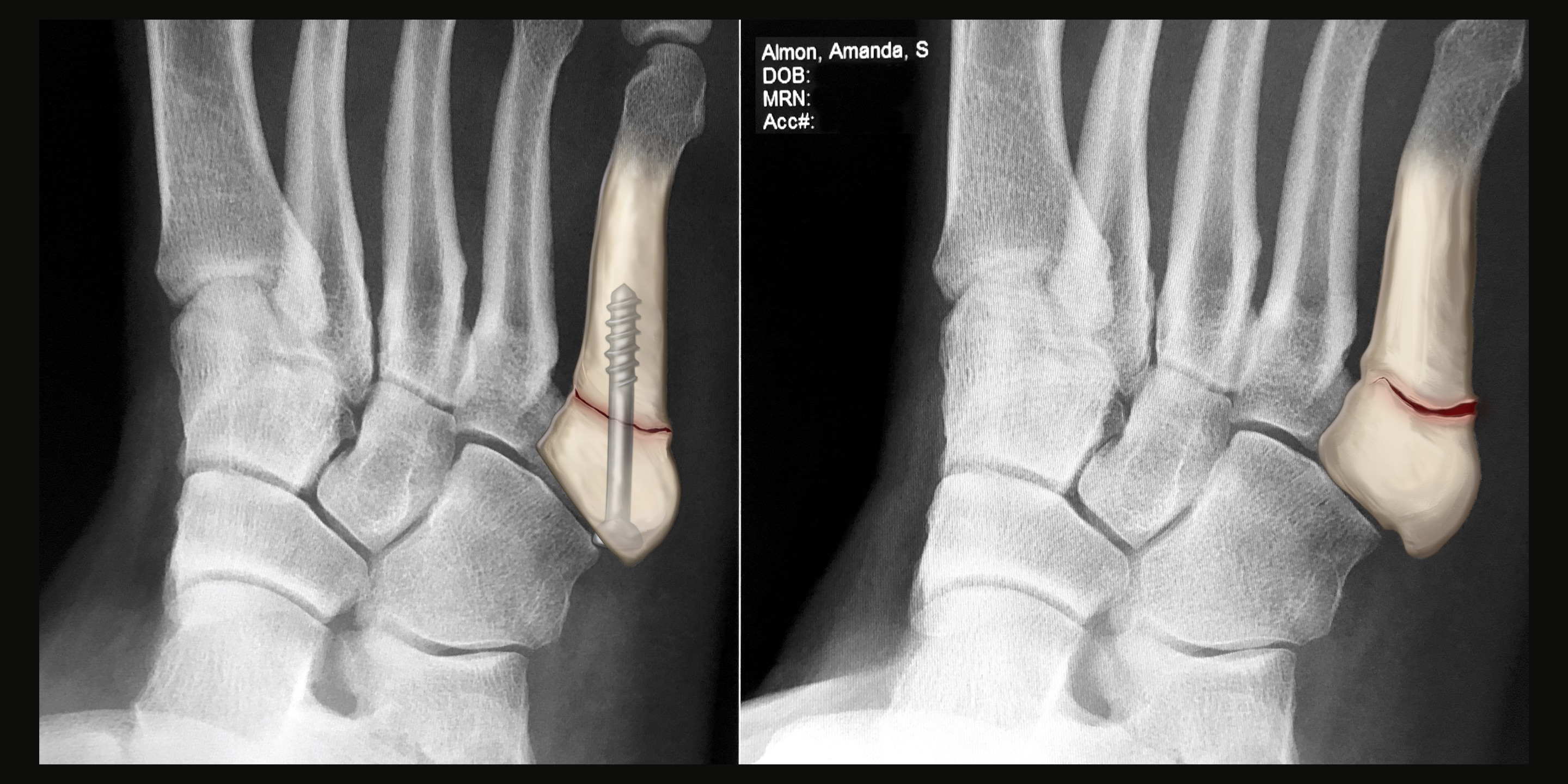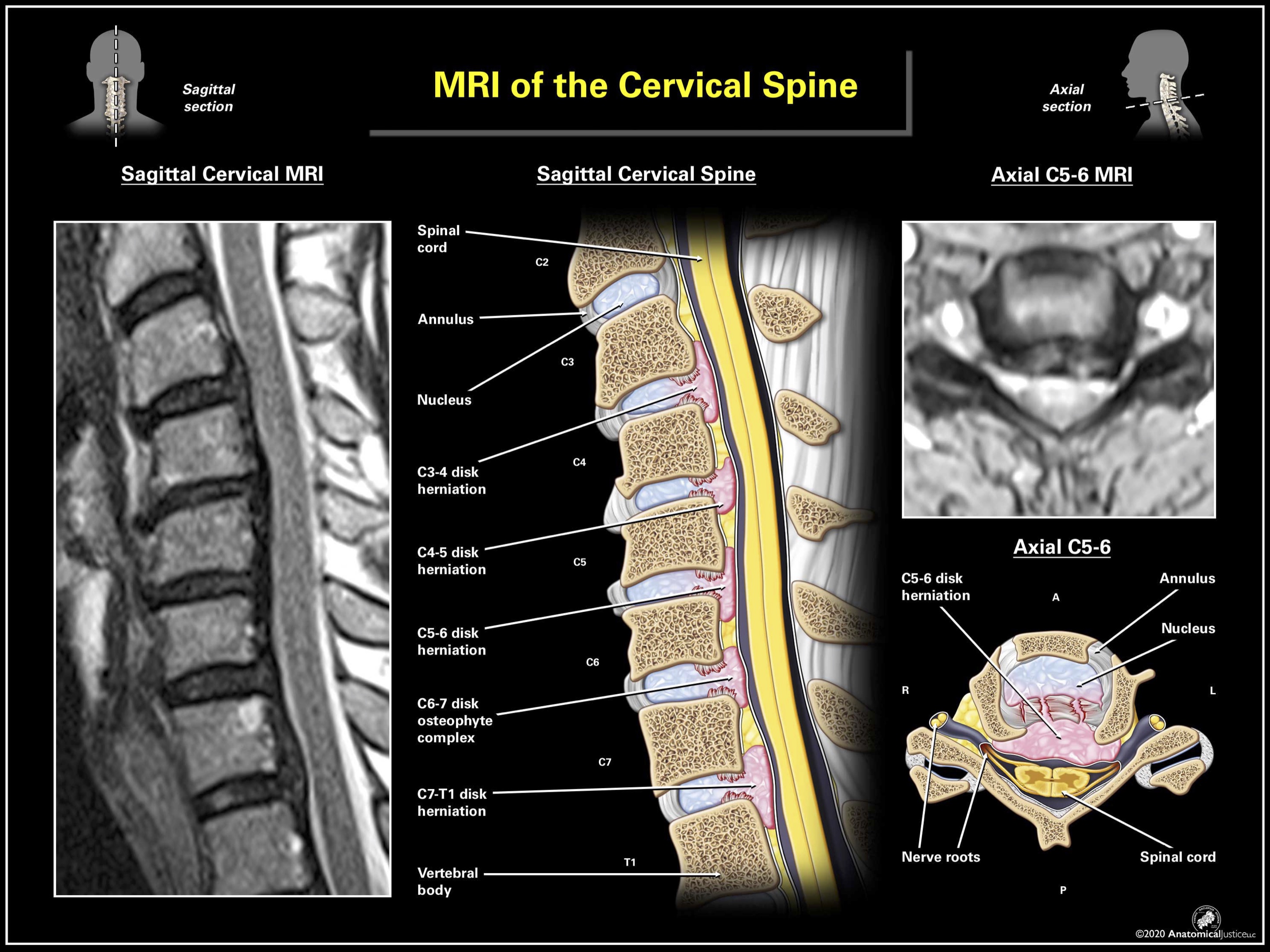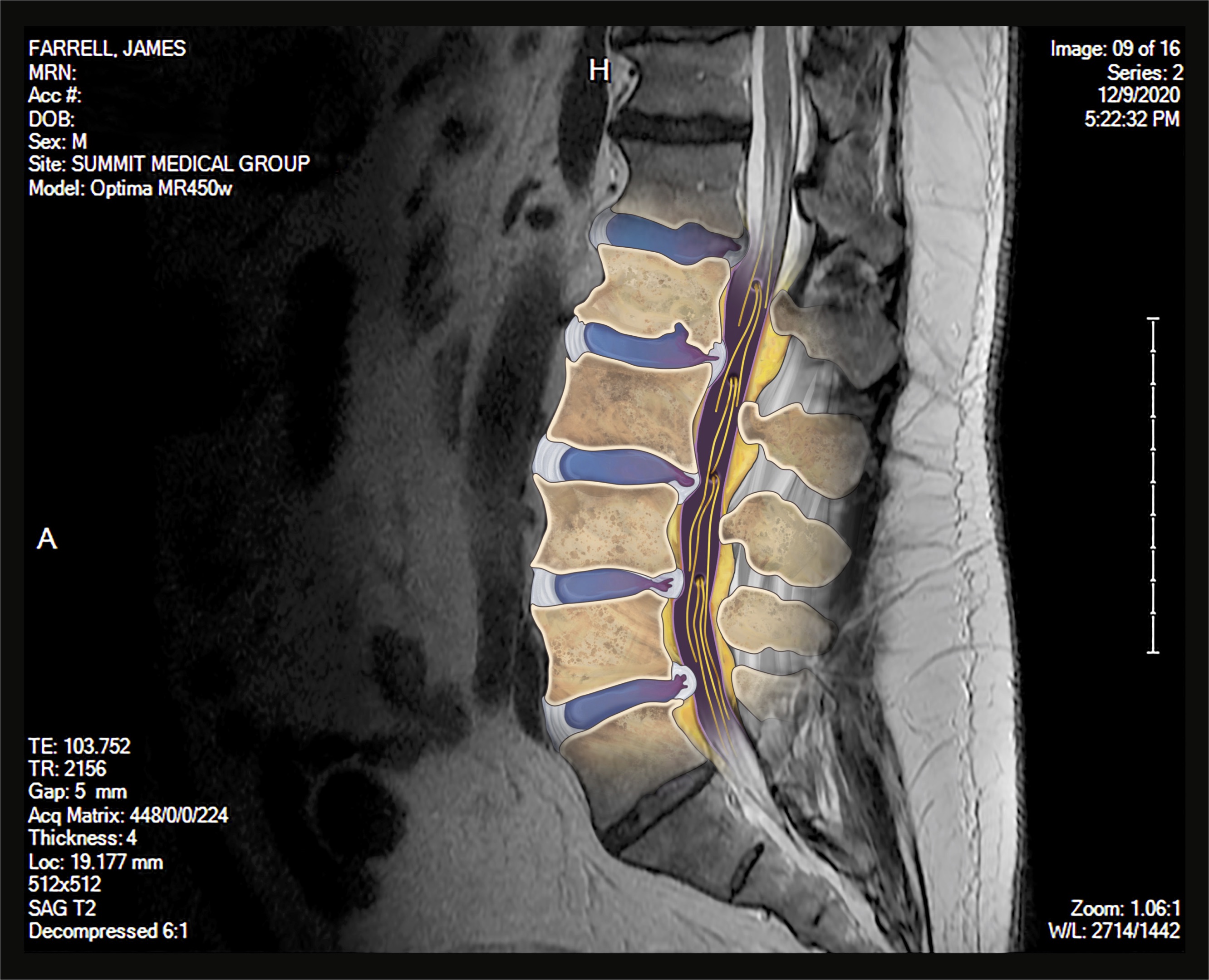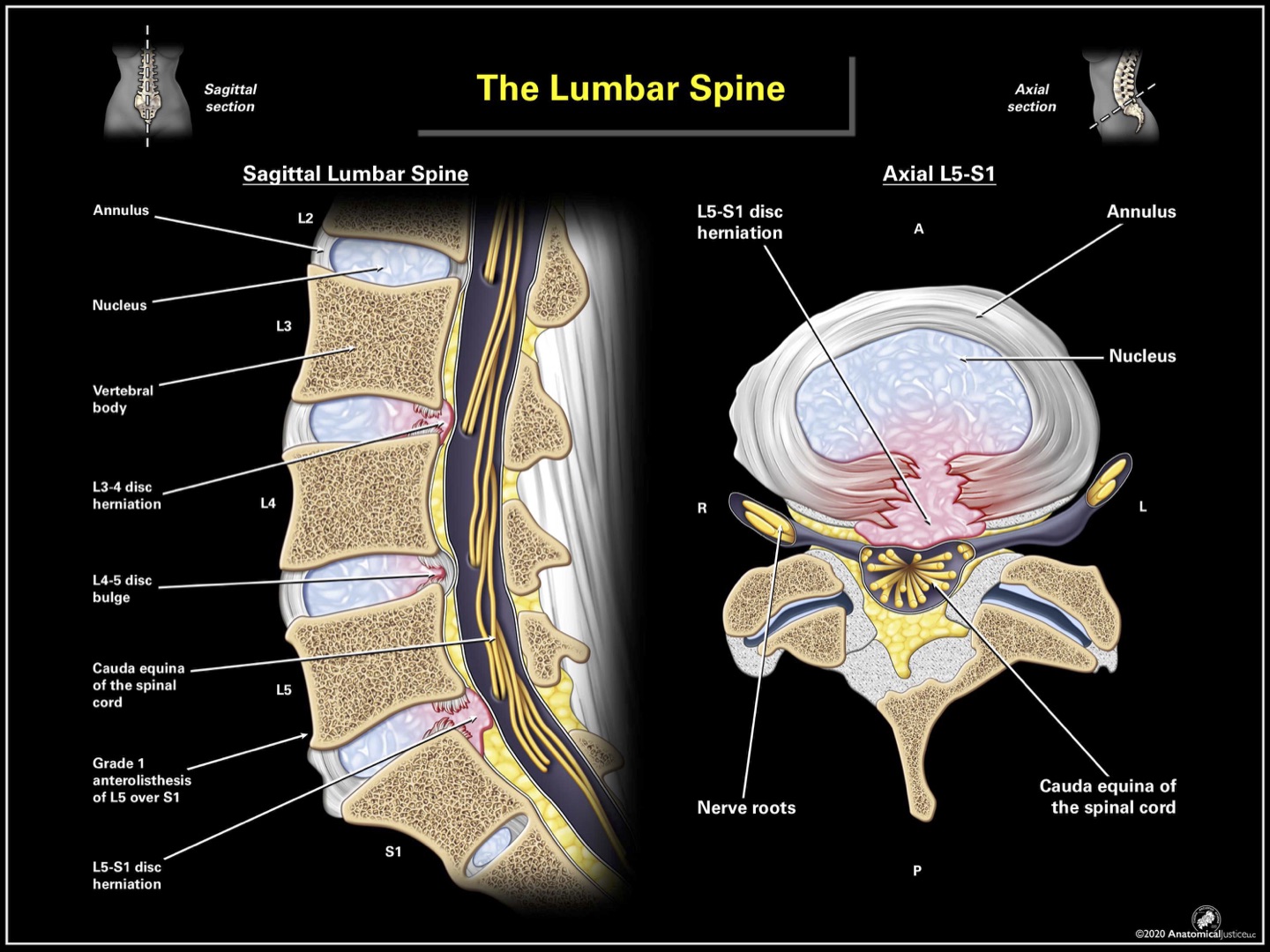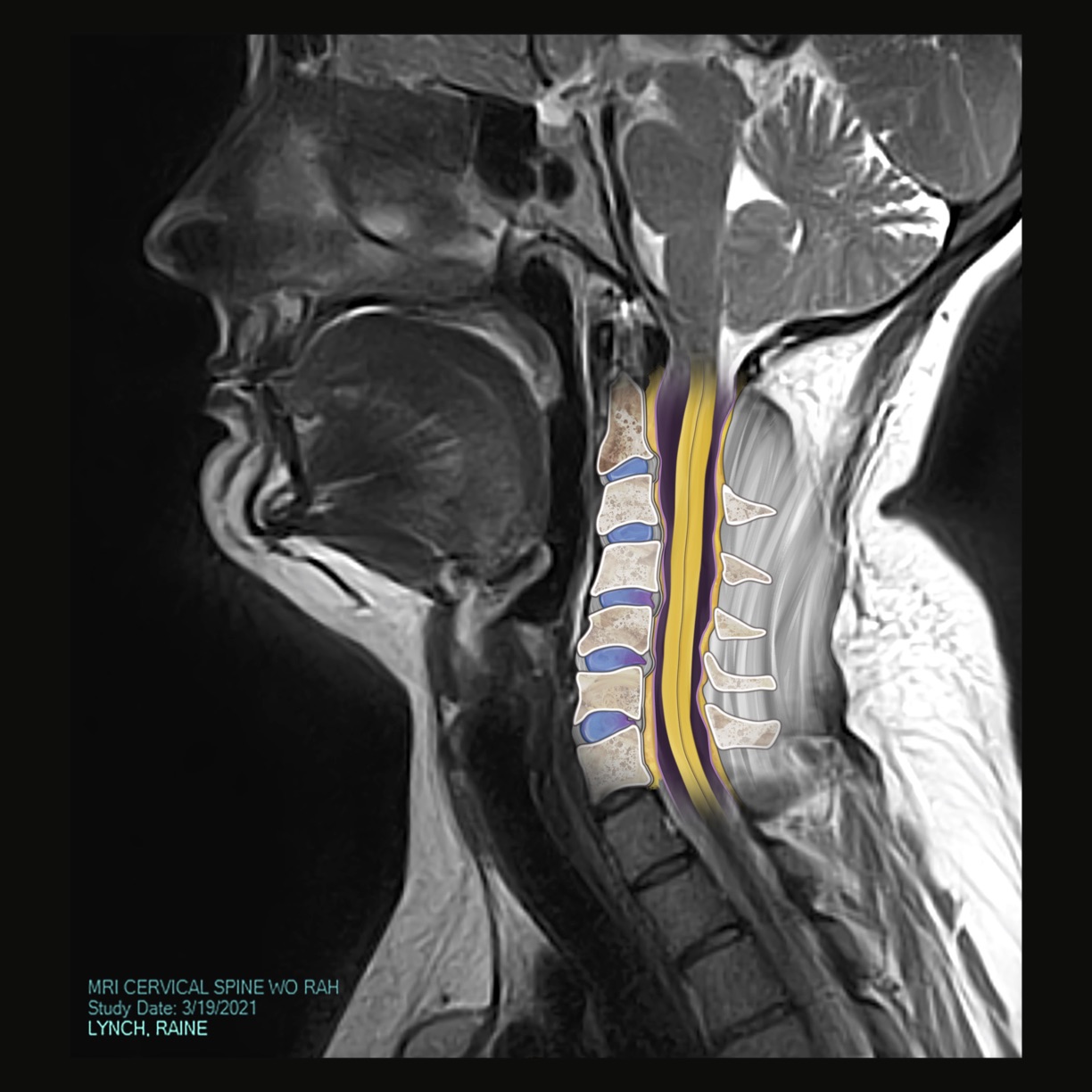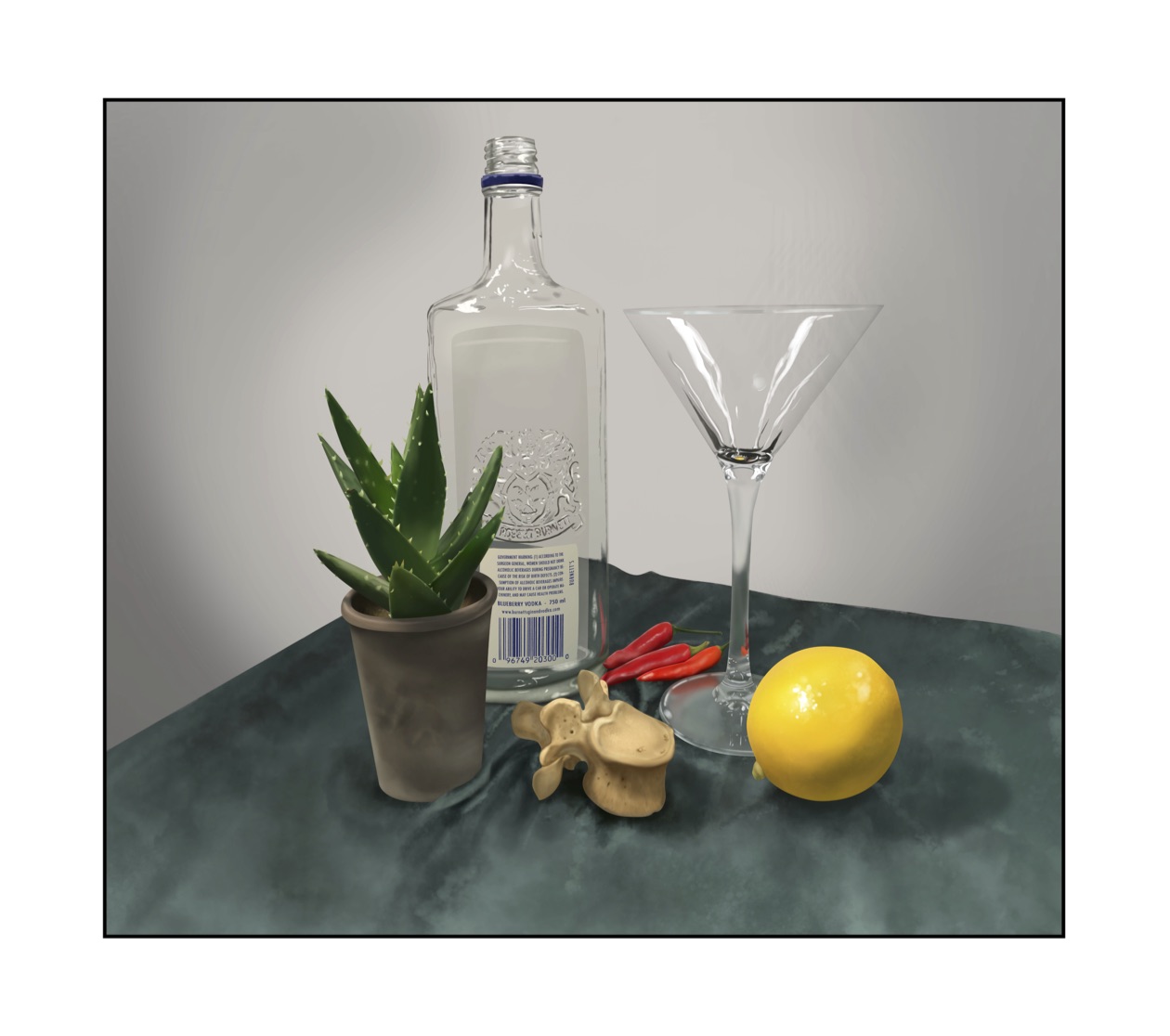Disclosure
Disclosure
Disclosure: Revealing the Person Beyond the Patient
Emily Higgins
CT scans, MRIs, and X-Rays are all, in a way, portraits of the patient. Films that result from a diagnostic exam display information that is deeply intimate by nature but is often incomprehensible to the patient. The patient learns about themselves and their condition, whether chronic or newly diagnosed, from the words of their physician. Someone without any medical training sees themself as a series of black, white, and gray shapes on a computer screen or printed out on a film. Flesh and bone are abstracted in a way that disconnects them from the body which they represent.
This abstraction and disconnection creates a complicated encounter – how does one relate to an image of themselves when, from their perspective, it looks like little more than television static?
It is impossible to create works of art from every radiograph, and it is unrealistic to assert that this can or should be done. Not only is there a lack of artists and motivation to undertake such an involved process, but patients are entitled to their privacy. The Health Insurance Portability and Accountability Act, more commonly referred to as HIPAA, helps ensure the confidentiality of a patient’s medical records. Among a number of other documents, radiology exams like CT scans and MRI results are considered confidential and are rarely shared between more than the patient and their physician. That is, unless the patient specifically discloses access to someone.
In instances like this where an artist is given a prompt, platform, and permission to create, it is possible to unify select individuals with their films. A patient is elevated to an individual human being by linking a face, name, and snippets of their personality with what would otherwise be a diagnostic assessment reserved for the eyes of physicians. This exhibition is about connecting the individual to themselves and others, and furthering the integration of art and science. Disclosure aims to dignify a patient and their condition through a work of art, and bridge the gap between the results of a diagnostic medical exam and what makes us human.
